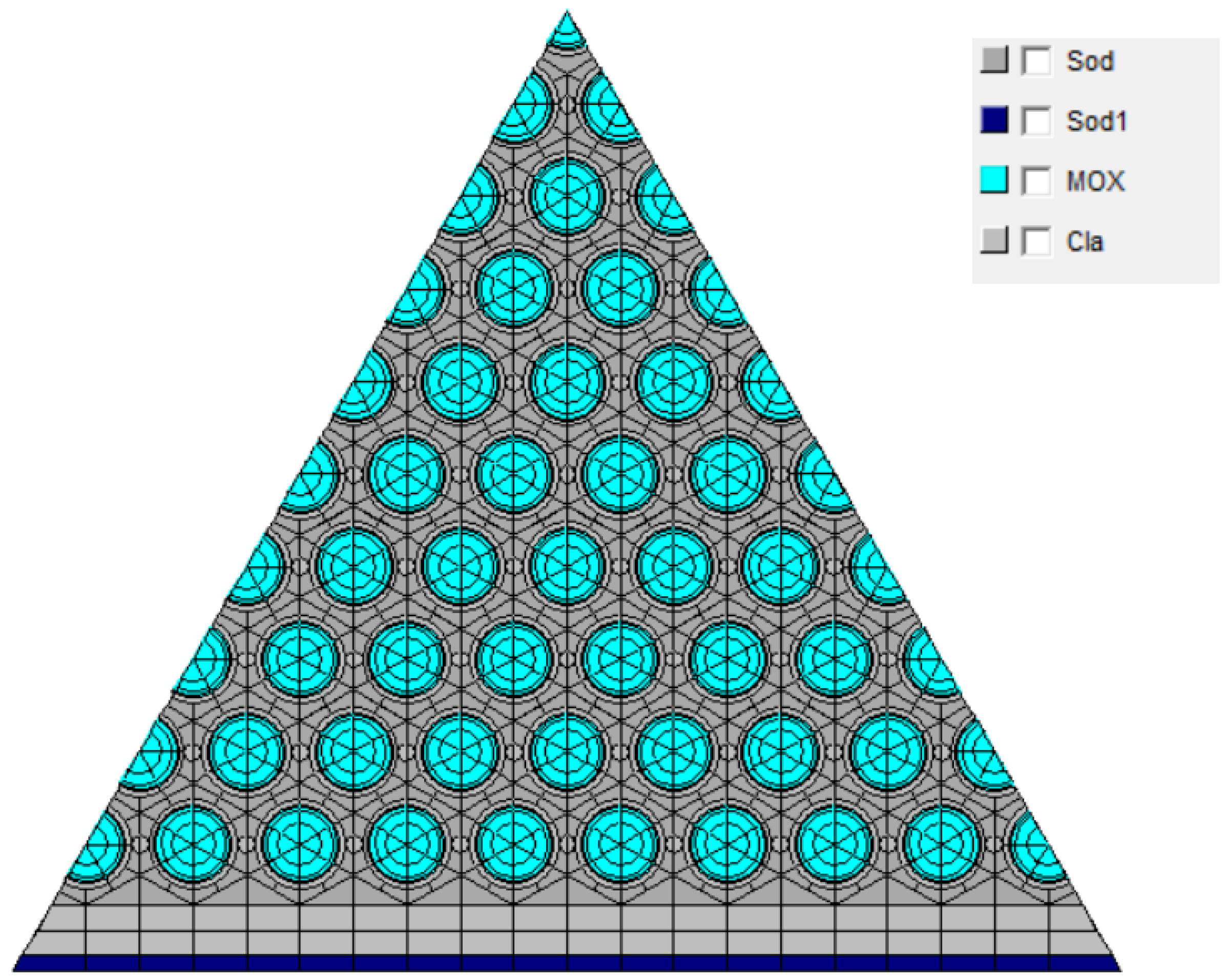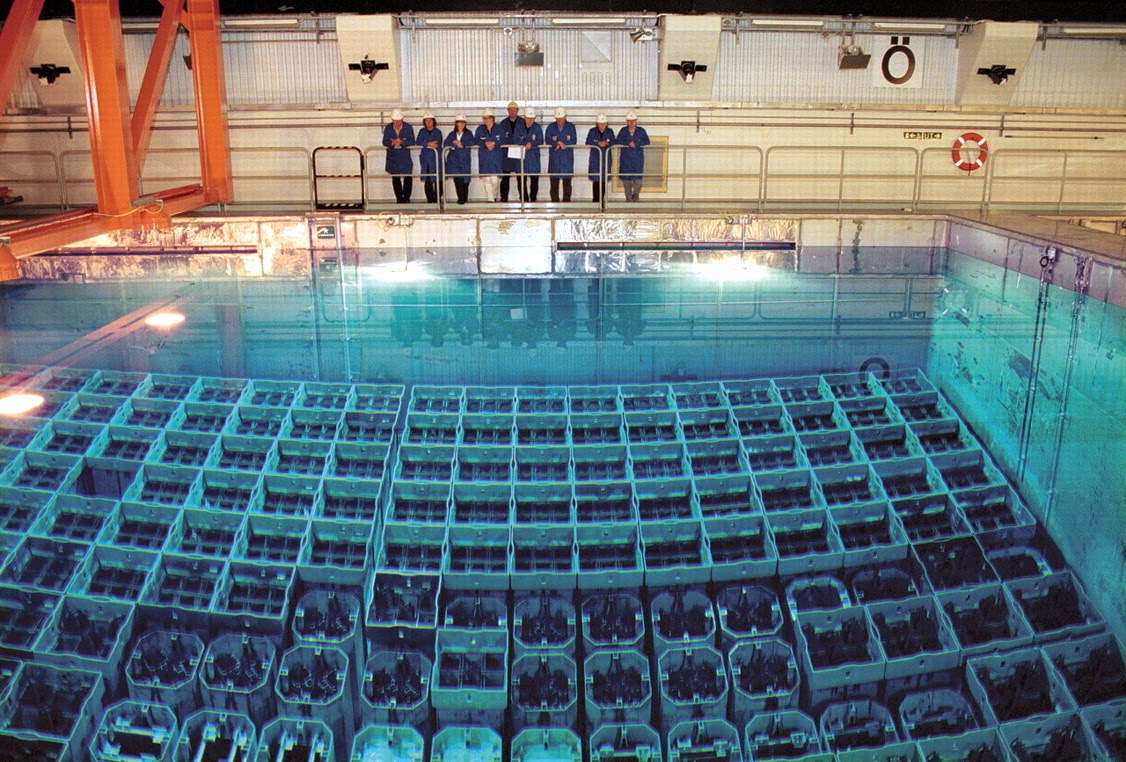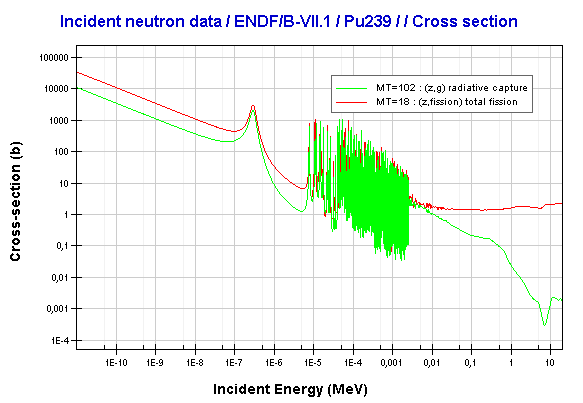

If controlled in a nuclear reactor, such a chain reaction can be used to generate power.These neutrons can induce fission in a nearby nucleus of fissionable material and release more neutrons causing a chain reaction.įissionable material → That can undergo nuclear fission chain reaction.įissile → That can undergo Controlled or Self-Sustained nuclear fission chain Reaction.In the fission process, radioactive products are formed, and several neutrons are emitted.The nuclear fission process may take place spontaneously in some cases or may be induced by the excitation of the nucleus with a variety of particles (neutrons, protons, deuterons, or alpha particles) or with electromagnetic radiation in the form of gamma rays.Įndothermic = Absorption of Heat during a reaction. Įxothermic = Liberation of Heat during a reaction.
Plutonium powered nuclear fission reactor free#
The fission process often produces free neutrons and gamma photons, and releases a very large amount of energy.In nuclear physics, nuclear fission is a radioactive decay process in which the nucleus of an atom splits into smaller parts.It was explained theoretically in 1939 by Lise Meitner and Otto Robert Frisch.Nuclear fission of heavy elements was discovered in 1938 by German Otto Hahn and Fritz Strassmann.


Types of Nuclear Reactors: Light-water reactor (LWR) and Pressurized Heavy-Water Reactor (PHWR) and more. Nuclear Fission – Nuclear Reactor: Nuclear Reactor Coolant, Moderator, Control Rods Criticality etc.


 0 kommentar(er)
0 kommentar(er)
